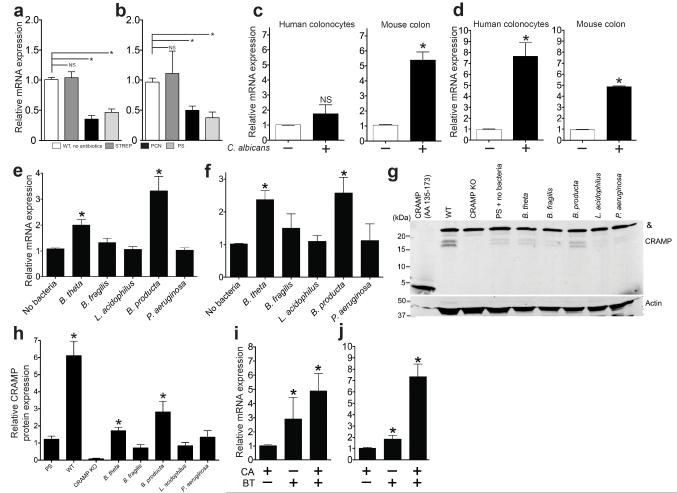Figure 3. Bacteroidetes thetaiotamicron induces Hif1a and Cramp in mouse colons.
(a) Hif1a and (b) Cramp mRNA expression in colons resected from CA colonization resistant mice (WT or STREP) and CA susceptible mice (PCN or PS). n=4. (c) HIF1a-Hif1a and (d) LL-37-Cramp mRNA expression measured in cultured human colonocytes exposed to ± CA and colons of antibiotic-treated mice ± CA colonization. n=4. (e) Hif1a and (f) Cramp mRNA expression measured in the colons of antibiotic treated mice ± oral gavage with commensal bacteria. n=4 (g) A representative western blot using an anti-CRAMP antibody (amino acids 135-173) against protein extracts from the distal colon of wild-type, Cramp KO, and antibiotic-treated mice ± oral gavage with commensal bacteria. Synthetic CRAMP peptide (5 ng, amino acids 135-173, 4.419 kDa) was used as a positive control. Cramp KO protein extracts were used as a negative control. Actin used as a loading control. Mouse CRAMP (amino acids 28-173) has a molecular mass of 16.422 kDa. A non-specific band (&) ~25kDa was detected in all lanes loaded with mouse colon protein extract. (f) Quantitative western blot analysis. Values obtained for CRAMP immunoblots were normalized to the optical density of corresponding immunoblots for actin. n=4. (i) Hif1a and (j) Cramp mRNA expression measured in the distal colon of germ-free mice colonized with CA, B. theta, or B. theta and CA. For all experiments, n=4. All data shown are means ± SEM. Statistical analysis by Mann-Whitney test. * p< 0.05; ** p<0.01; ns, not significant.

